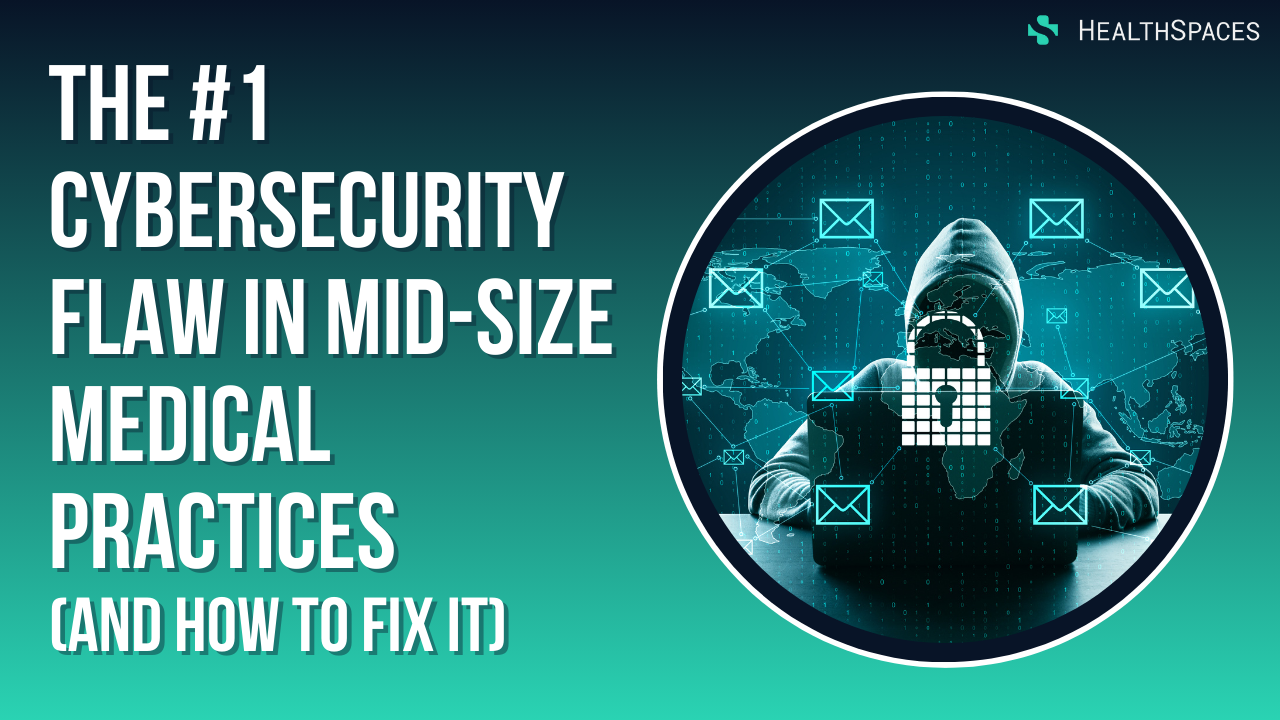In today’s healthcare environment, security is not optional. Yet, many organizations fall victim to “security theater”- implementing measures that provide more appearance of safety than actual protection. It’s tempting to tick off compliance checkboxes with standardized assessments, fancy reports and a few expensive tools. However the result is often a fragmented, overly costly, and ultimately ineffective security posture, one that leaves the practice with way less protection than they probably think they have.

What Is a Security Theater?
Security theater refers to measures designed to make people feel safe without necessarily improving real security. It’s like locking the front door while leaving the back door wide open. In healthcare, this often manifests as:
- Relying on HIPAA Security Risk Assessments (SRAs): While annual SRAs are a compliance requirement, they fall short of identifying meaningful, actionable risks, and associated mitigations. Many organizations treat these as one-and-done exercises, failing to address underlying vulnerabilities. And unfortunately HIPAA is very vague on what constitutes effective security. Virtually every practice or facility on HHS’s HIPAA “Wall of Shame” theoretically “passed” their HIPAA SRA. It’s not enough.
- Expensive Firewalls and Other Tools: A top-tier firewall sounds impressive, but it’s only one piece of the puzzle. Without integration into a larger, cohesive security strategy, it’s just an expensive box.
- Over-reliance on Regulatory Checklists: Too many healthcare providers focus on meeting regulatory requirements rather than addressing the real threats specific to their environment.
- Dashboards and Reports: Fancy-looking dashboards that you look at once a month may give the appearance of protection, however they need to be coupled with effective ongoing response and remediation activities.
The Hidden Downside of High Cost Piece-Part Solutions
You’re spending a ton of money with a big-name tech vendor, so you MUST be protected, right? (Remember the old adage, “No one ever got fired for picking IBM”). Fragmented security investments with big-name companies often leave organizations with significant blind spots. Consider the following pitfalls:
- Wasted Resources: Pouring money into high-cost standalone tools or products that don’t cover all the important bases drains the budget for practice-wide protection. There are many effective security solutions that are surprisingly affordable.
- False Sense of Security: Thinking you’re secure because you spent a lot of money to have “the best” technology can lead to complacency, making your organization a ripe target for attacks.
- Unaddressed Risks: Focusing on compliance instead of actual security allows vulnerabilities to persist, especially in areas that aren’t on a compliance checklist.
Moving from Theater to Real Protection
True security requires a shift in mindset from reactive compliance to proactive risk management. Here’s how to bridge the gap:
- Think Holistically: Security isn’t about one tool or one assessment. It’s about creating an interconnected system that works together to protect all aspects of your operations.
- Address Unique Risks: Every healthcare organization is different. Instead of generic solutions, tailor your approach to address your specific vulnerabilities and operational needs.
- Invest in People and Processes: Technology is only as good as the people and processes that support it. In fact, according to the FBI, the biggest threat is your own people. Train your team and establish clear protocols to identify and avoid evolving threats.
- Focus on Outcomes, Not Checkboxes: Compliance is important, but it’s not the end goal. Prioritize measures that actually reduce risks, not just those that look good on paper.

From Illusion to Impact
Security in healthcare should not be an illusion designed to satisfy auditors or impress stakeholders. It should be a genuine effort, focused on the major risks, and designed to actually protect patient data, ensure continuity of care, and build trust. By moving beyond the flashy tools and shallow assessments of security theater, organizations can build robust, cost-effective defenses that truly safeguard what matters most.
Are you ready to stop playing to the audience and start building real protection? Reach out to learn how you can transform your approach to real security protection.




